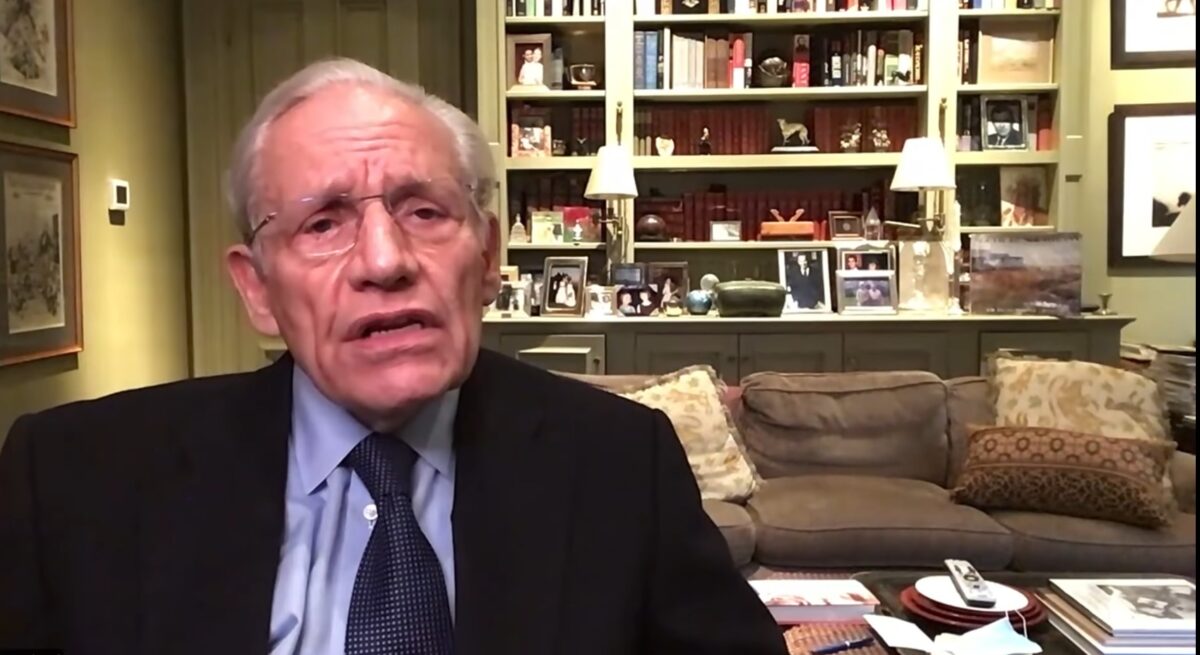After several calls to the insect’s publicists, Reluctant Habits had the good fortune of landing an exclusive interview with the fly that landed on Mike Pence’s head during the October 7, 2020 vice presidential debate. We normally don’t pay our subjects for interviews, but, given the newsworthy nature of this get, the fly insisted on a large bag of Domino Sugar before speaking with us. The fly is currently in negotiations with Simon & Schuster for a six figure book deal and has also recently taped a reality TV pilot called Life After Larva for Peacock TV. The fly spoke to us in a strange patois of English and buzzing. We did our best to transcribe the conversation so that humans could understand it.
Why did you decide to land on Mike Pence’s head last night?
BZZZZZ. BECAUZZZZE IT WAS THERE!
You were there for two minutes.
BZZZZZ. YES, THE PENZZZZZZZZZZZZZZE IS A DEPENDABLE STATUE. BZZZZZZZZZZZ.
Uh, he’s a living and breathing human being.
HE IZZZZZZ? BZZZZZZZZ. HE WAS STIFFER THAN THE BRIGHAM YOUNG MONUMENT I LANDED ON YEZZZZZZTERDAY. BZZZZZZ.
Did you detect any signs of COVID On Mr. Pence?
BZZZZZ. BZZZZ. I HAVE LARGE COMPOUND EYES THAT SEE EVERYTHING! THE WHITE HAIR WAS A NICE PLACE TO REST AFTER MUNCHING ON ROTTING CARRION!
You’re dodging the question, Mr. Fly. Although it’s true that Pence’s left eye was notably pink.
BZZZZZ. TWAZZZZZZ INDEED. YET STILL NOT AS APPETIZING AS THE RAT I FEAZZZZZZZTED ON IN THE BACKROOM WALLS OF KINGSBURY HALL. BZZZZZZZ.
Wait a minute. I thought they sanitized the place to prevent infection.
BZZZZZZ. WE FLIEZZZZZZZZ CAN GET IN ANYWHERE. MUCH LIKE OUR FRIEND THE COVID-19 VIRUZZZZZZZZZ. NOT EVEN PLEXIGLAZZZZZZZZ WILL STOP UZZZZZZZZZZ! BZZZZZZZZZ!
You’ve spoken directly with the virus?
BZZZZZZZZ. WHY YEZZZZZZZZZZZZ!!!
Wow. Why didn’t you land on Kamalas’s head?
BZZZZZZZ. SHE WAZZZZZ NOT INFECTED WITH MY FRIEND THE COVID VIRUZZZZZZZZZZZZZ! BZZZZZZZZZZ. ALZO, SHE HAD A SOUL! BZZZZZZZZZZZZ. ALZZZZZZOOO, YOU FOOLISH HUMANS HAVE IT BACKWARDS! YOU CATCH MORE OF UZZZZZZZ WITH VINEGAR RATHER THAN HONEY. BZZZZZZZ!
Do you feel bad about distracting the American public from the real issues of this very important election?
BZZZZZZZ. NOOOOOO. THERE ARE SO MANY OF MY BROTHERS AND ZIZZZZZZZTERS. MORE OF UZZZZ THAN YOU. IT’S ABOUT TIME YOU PAID ATTENTION TO UZZZZZZZZ. BZZZZZZZZZZ.
Has celebrity changed you, Mister Fly?
BZZZZZZZ. MORE DECAYING FRUITS AND VEGETABLES TO ZPREAD MY ZEEED! BZZZZZZZZZ!! THE BEGINNING OF WORLDWIDE FLY DOMINATION! BZZZZZZZ!
You’re getting a tad megalomaniac there.
BZZZZZZZZZZ. WE ARE NO WORSE THAN YOUR FASCIST LEADERZZZZZZZZ. SUBMIT TO UZZZZZZZ NOW, HUMANZZZZZZZZZ!
Alright, here’s the bag of sugar.




